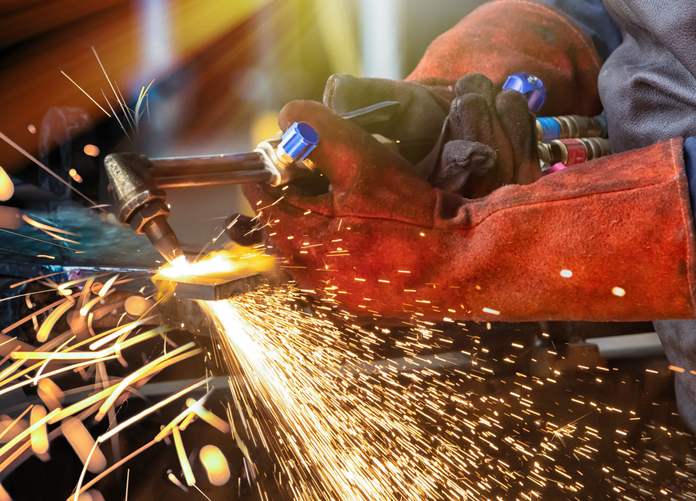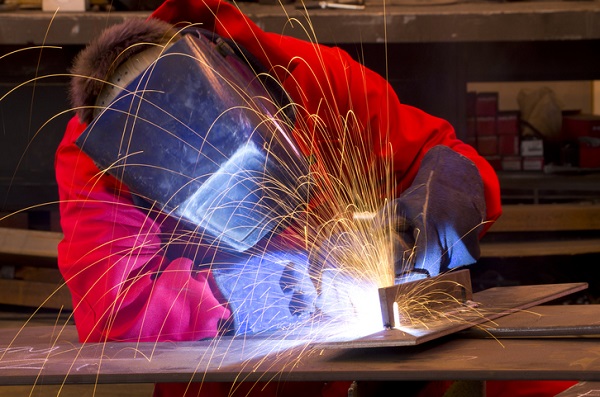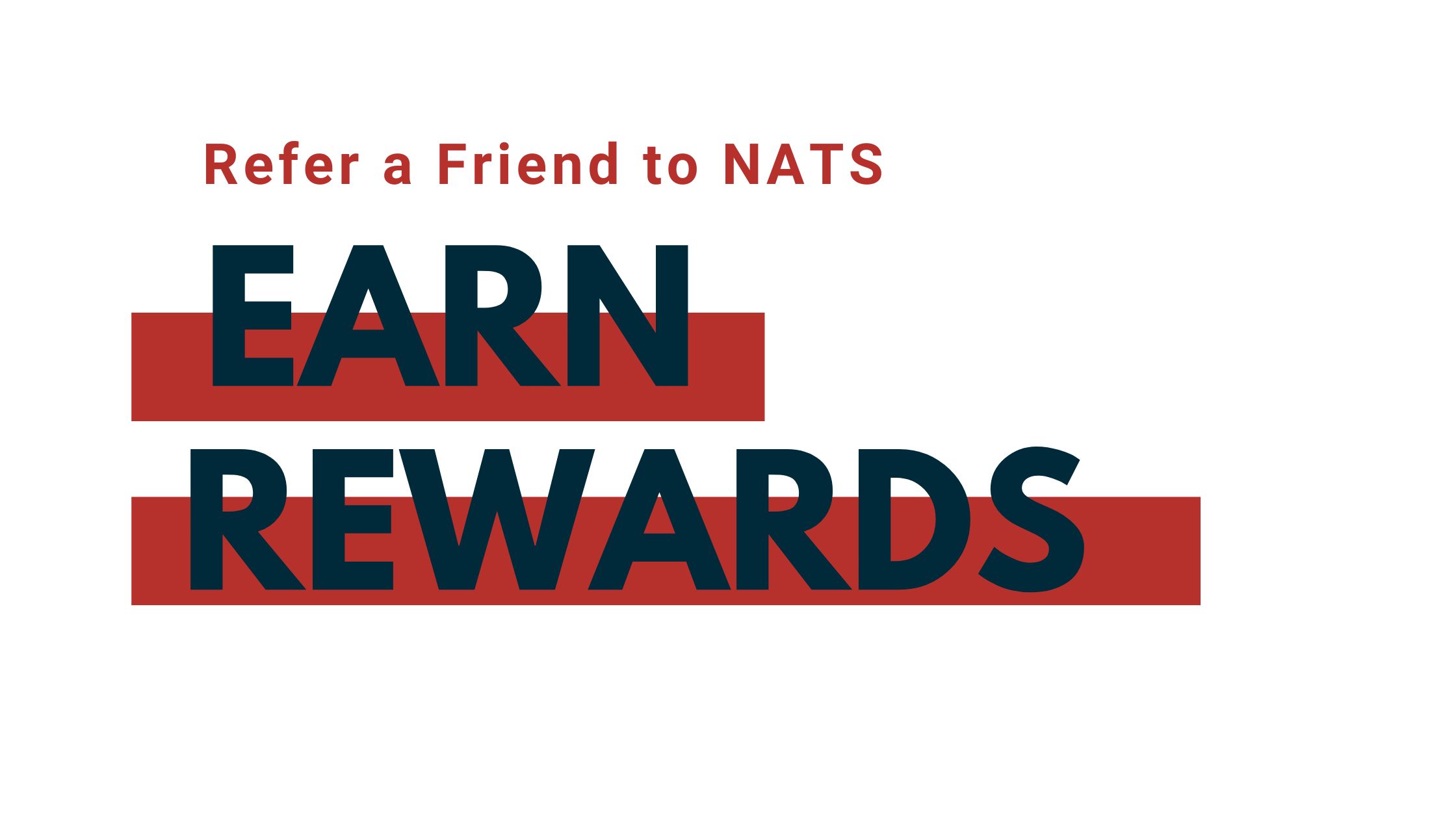Tag: welder school
 If you’re someone who enjoys the satisfaction of building something with your own two hands, then a career as a welder might be for you. With their skill set, welders are equipped to build and repair a variety of things, from metal furniture to huge vessels such as ships. With so many things depending on the work of welders, it’s no wonder that welding is a respected and highly skilled profession.
If you’re someone who enjoys the satisfaction of building something with your own two hands, then a career as a welder might be for you. With their skill set, welders are equipped to build and repair a variety of things, from metal furniture to huge vessels such as ships. With so many things depending on the work of welders, it’s no wonder that welding is a respected and highly skilled profession.
So what does it take to join it? The first step is completing a pre-apprenticeship program before starting your apprenticeship. Here’s a look at what you can search for when making your decision.
Your Welder School Should Offer Hands-On Welder Training
Perhaps the most important thing in choosing a welding school should be whether the program offers hands-on experience. At the North American Trade School (NATS), students benefit from both a hands-on and theoretical approach to welding to ensure that graduates are ready to step into the field with confidence.
Students can gain experience in welding while using modern equipment, building skills in many different welding processes such as Flux Cored Arc Welding, Shielded Metal Arc Welding, Gas Metal Arc Welding, and Gas Tungsten Arc Welding. For welding graduates like Emily Harrison, NATS was a great choice because of “how much practical work [she] was able to do.” Because welding processes can often be complex, it’s important to complete your welding training in a hands-on setting such as the one NATS offers.
All Welders Need Expert Teaching
Welding is a complicated job, requiring familiarity with a variety of safety measures, equipment, and procedures. In order to become a qualified welding professional, it’s important to choose a welding program that will not only equip you with the right certification, but will teach you the techniques and skills necessary to succeed. When choosing a welding program, look for one that prioritizes access to knowledgeable instructors every step of the way. At the North American Trade School, instructors are experts in their fields, and they’ll be able to equip you with the training you need to excel in a wide variety of welding techniques, while following the correct safety procedures. The welder school you choose should offer courses taught by expert instructors in order to prepare you for your career.

During Your Welding Training, Your Instructors Should Be Available to Guide You
Another key component to your welding education should be access to plenty of support from your top-notch instructors. In addition to being experts in their field, your instructors should be there to guide you through welding best practices, processes, and safety protocols, and answer any questions you may have.
Welding graduate Adam Maize says that what he enjoyed most about NATS was “probably the instructors… They were very open to conversation and explaining what to do here.” In a hands-on training environment, instructors who are there to make sure that you’re understanding every step of the process are essential to a solid education in welding.
Are you ready to begin your welding career?
Check out the North American Trade School’s welding program to get started.

A professional welder is able to master multiple welding techniques specific to different metals and industries. Flux cored arc welding (FCAW) is a variant of arc welding and is often used to join heavy steel plates together.
FCAW differs from other welding processes as it can be done outside with minimal equipment and produces impressive results. It is one of the fastest manual welding processes and can produce more than 25 lbs of welded metal per hour. By comparison, gas metal arc welding (MIG) generates substantially less.
Read on to learn more about FCAW before practicing it for real in the workshop!
Learn How Flux Cored Arc Welding Works at Welder School
Similar to MIG, FCAW involves joining two pieces of metal together using heat. An electrode is continuously fed through a welding gun onto the joint. The electricity short circuits to generate heat, or an ‘electrical arc’, that causes the electrode to melt. This forms a molten puddle that joins the metal together when it cools.
Flux cored differs from other welding processes as the electrode contains a flux compound and shielding gas, which is released when heated. Shielding gas is normally made up of carbon dioxide or argon carbon dioxide, which protects the weld pool from contamination by oxygen or water vapour. This is normally added externally, however, in FCAW it is released automatically in a process called ‘self shielding’. Taking welding classes will teach you even more about these different aspects.
The Difference Between Self Shielding and Dual Shielding
There are multiple versions of FCAW, including self shielding and dual shielding. In self shielding, no external protective gas needs to be applied, as the gas released from the electrode is enough. This means that welding can be performed outside without concerns about windy weather contaminating the heated pool.
By contrast, dual shield welding uses an external shielding gas as well as the inner shield for extra protection. At welding school, students will gain practical hands-on experience performing these processes in the workshop.
The Advantages of Flux Cored Arc Welding
FCAW is a highly productive arc welding method and can weld large volumes of metal in a short time period. The electrode is continuously fed through, meaning that the operator does not need to stop and start to introduce a new electrode. Because of this, it is a common technique for welders working in the construction and maritime industries and who usually work with large, heavy metals.

FCAW is one of the only welding processes that can be completed outside. It is less easily contaminated by dirt or rust because of the flux compound, and requires minimal equipment. You do not need a heavy gas bottle, meaning that welders can move around and work outside of a workshop if needed. As well as this, FCAW can be used on mid- and low-alloy steels, stainless steels, and some high nickel alloys.
…and the Disadvantages of Flux Cored Arc Welding
However, there are some disadvantages that come with flux cored arc welding. FCAW produces high levels of noxious smoke, which can make it difficult for the welder to see their work. There is also a risk of the finished metal being porous as gases escape through the metal as it cools.
In addition, the wire and filler in FCAW is more expensive than in other arc welding processes. Lastly, FCAW cannot be used on non-ferrous metal likes aluminium, meaning that it is less flexible than other welding processes out there.
Are you interested in welder school?
Contact North American Trade Schools to find out more!





